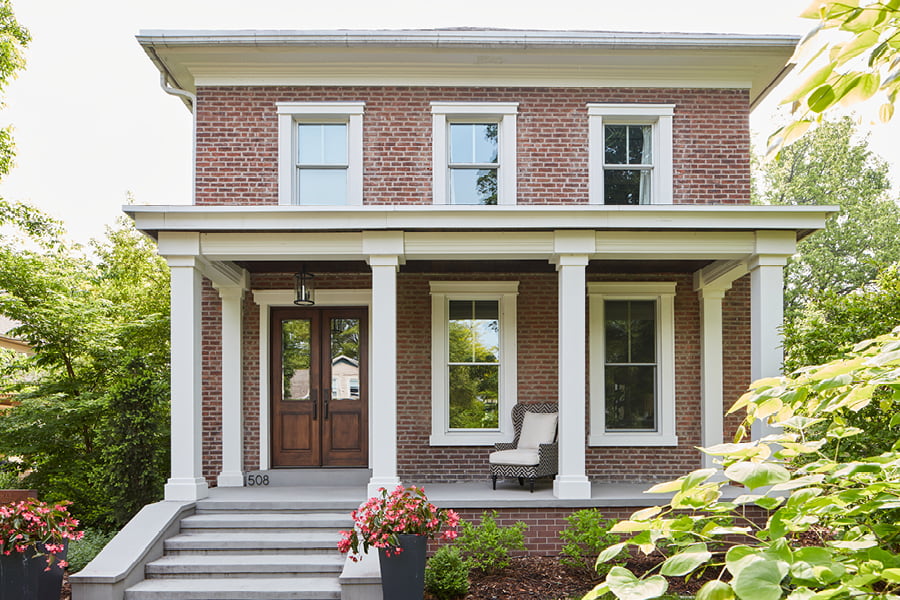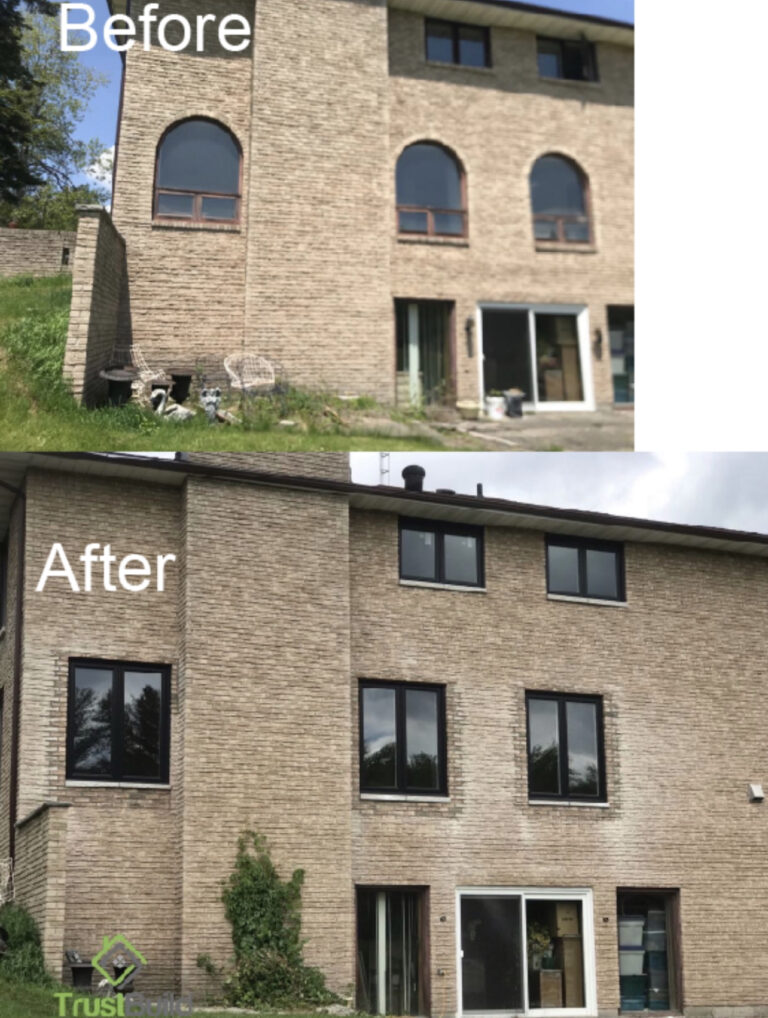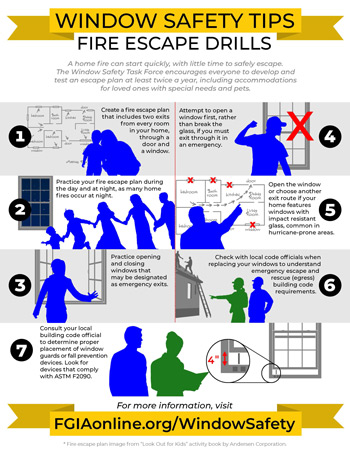When planning to modify doors structurally in your home, obtaining the necessary permits is crucial. This guide will walk you through the permit process, helping you understand why these regulations are essential and how to comply with them effectively.
Understanding the Need for Permits
Structural door modifications can include enlarging door openings, adding new doors, or altering existing st hop over to these guys ructural components to accommodate new designs. These changes can affect the building’s integrity and safety, which is why permits are required.
- Safety and Compliance: Permits ensure that modifications meet local safety codes and standards, reducing the risk of structural failures.
- Legal Requirements: Following the permit process helps avoid legal issues, including fines or mandatory alterations after project completion.
Step-by-Step Guide to the Permit Process
Initial Assessment
Determine if your modification project requires a permit by consulting with local building authorities or a professional contractor.
Research
Understand the specific building codes and regulations in your area. Local government websites or building departments are valuable resources.
Professional Consultation
Consider hiring a permit service or a professional architect to help navigate the complex permit process.
Preparing Your Permit Application
Gather all necessary documents, which typically include:
- Detailed Drawings: Architectural plans showing the proposed changes.
- Project Description: A detailed description of the modification, including the scope and purpose.
- Owner Information: Details about the property owner and the project site.
Documentation Checklist

| Document Type | Description |
|---|---|
| Architectural Plans | Detailed drawings of the proposed modifications |
| Application Form | Completed permit application form from the local building department |
| Proof of Ownership | Legal documents proving ownership of the property |
Submitting Your Permit Application
Submit your application through the appropriate channels, which may be online or in-person at your local building department.
- Fees: Be prepared to pay a fee, which varies depending on your location and the project’s complexity.
Navigating Common Challenges
Delays
Avoid delays by ensuring your application is complete and accurate before submission.
Compliance
Ensure that your project complies with all local building codes and regulations to avoid rejection.
After Permit Approval: Next Steps
Inspections
Expect periodic inspections during the modification process to ensure compliance with the approved plans.
Making Changes
If you need to make changes after approval, you may need to submit a revised application.
Special Considerations
Historic Preservation
If your property is in a historic district, additional approvals may be required.
Environmental and Safety Regulations
Be aware of any environmental or safety regulations that could affect your project.
Case Studies and Examples
Discuss real-life scenarios where homeowners successfully navigated the permit process for door modifications, highlighting key lessons and tips.
Conclusion
Successfully navigating the permit process for structural door modifications requires careful planning and adherence to local regulations. By understanding and following the steps outlined in this guide, homeowners can ensure their projects are safe, legal, and compliant.

Hello and welcome! I’m Michael Liebe, the proud founder of EveryDetail Installations. With over 15 years of hands-on experience in the door and window installation industry, I’ve dedicated my career to tackling the intricate challenges of custom installations, ensuring each project not only meets but exceeds the highest standards of functionality, style, and energy efficiency.


